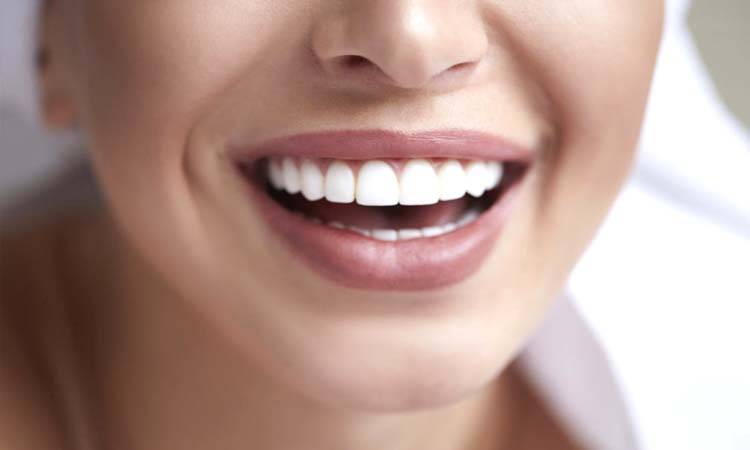
People often say the more pointy the canine, the more aggressive and assertive is the personality, and individuals with enduring nature typically have flattened or rounded canines.
Canines in the human mouth
The adult human dentition comprises 32 permanent teeth, 4 of which are canines, 2 in each dental arch. Also commonly referred to as cuspids, the canine is the sharp, pointy tooth on each corner of your mouth, third in line if you start counting from one of your front teeth. Canines' distinct dagger-like appearance makes them relatively easy to distinguish from the rest of the teeth in your mouth.
A lesson in history
Canines get their name owing to their fang-like appearance that resembles those of canine, i.e., dogs. The story behind the name of canine teeth has drawn significant attention in the past. Yes, it does sound odd, but do you know that humans and dogs share common ancestors?
If you trace our lineage back far enough, you will learn that all mammals share a single descendant. Humans, however, unlike animals, have smaller canines. Our canines are one of two traits we share with other hominins.
The term 'hominins' encompasses all humans, including our distant human ancestors. Believed to be over 7 million years old, the hominin family involves other species, some already extinct.
There are two traits that all hominins share: the size and shape of the canine tooth and the capability to walk on two legs. Our canines have grown smaller and less pointy over the years, possibly because we do not use them for fighting anymore, but they still serve the same purpose. Fascinating, isn't it?
When do canines erupt in the mouth?
The canines erupt twice in the human dentition, first in the primary dentition (temporary teeth) and then in the secondary dentition (permanent teeth). They are generally the third type of teeth to erupt in the mouth following the incisors and the first molars. The canines may erupt at different times in the upper and lower dental arches. However, the timeline may vary.
- Baby canine teeth (upper): Erupt between 16 and 22 months old, shed between 10 and 12 years old.
- Baby canine teeth (lower): Erupt between 17 and 23 months old, shed between 9 and 12 years old.
- Adult canine teeth (upper): Erupt between 11 and 12 years old.
- Adult canine teeth (lower): Erupt between 9 and 10 years old.
Function of canine
Canines are the largest teeth in human dentition. Not only are they vital for chewing food, but they also aid speech and support the facial structure. The loss of canines from the dentition may result in the misalignment of your bite.
Canines and gum recession
To ensure the overall wellbeing of your mouth and preserve your facial appearance, it is critical to care for your teeth. Research suggests that the canines are the commonest teeth to report with recession owing to gum disease, overzealous brushing, and more.
The following tips may help reduce the incidence of gum recession.
• Brush your teeth gently for two minutes twice daily using a soft-bristled toothbrush.
• Clean between your teeth gently once a day using floss or an interdental cleaner.
• Avoid smoking and tobacco products.
• Consult with your doctor to ensure your health is in check, especially medical conditions like diabetes.
• Schedule biannual visits with your dentist or dental hygienist.

Dr Sonia Sameen
The author is contributing writer at Dental News Pakistan and can be reached at live.va939@hotmail.com

